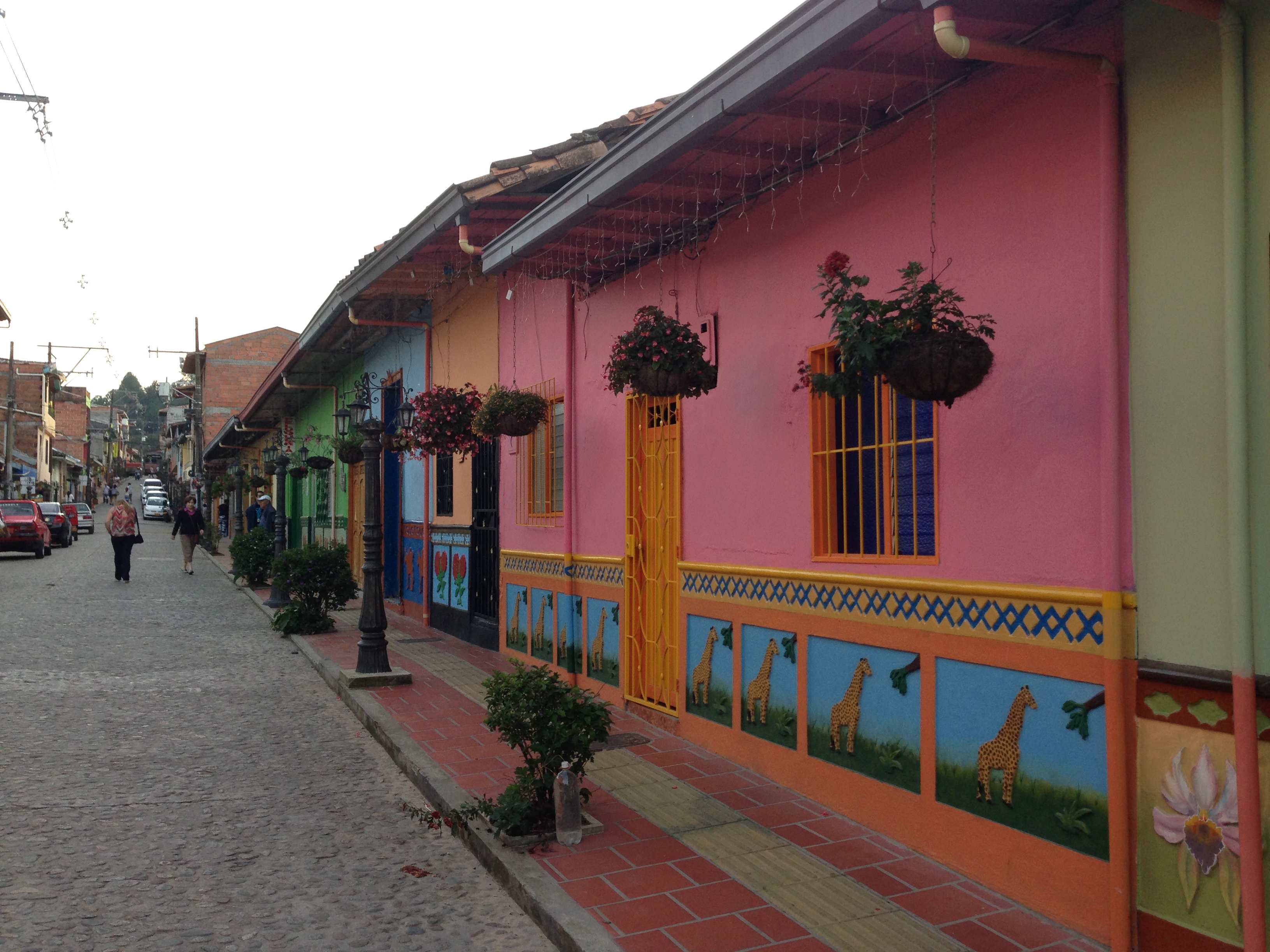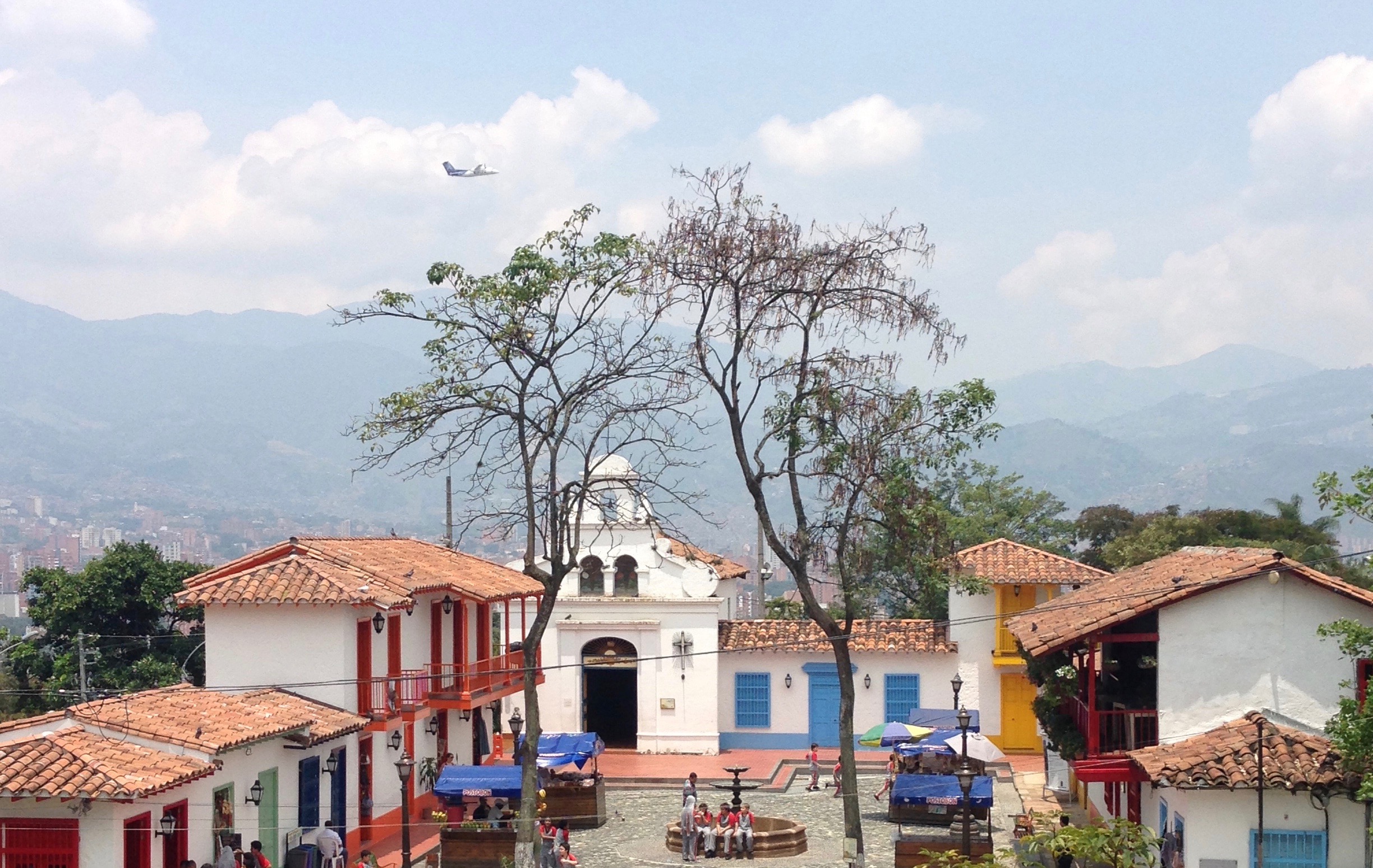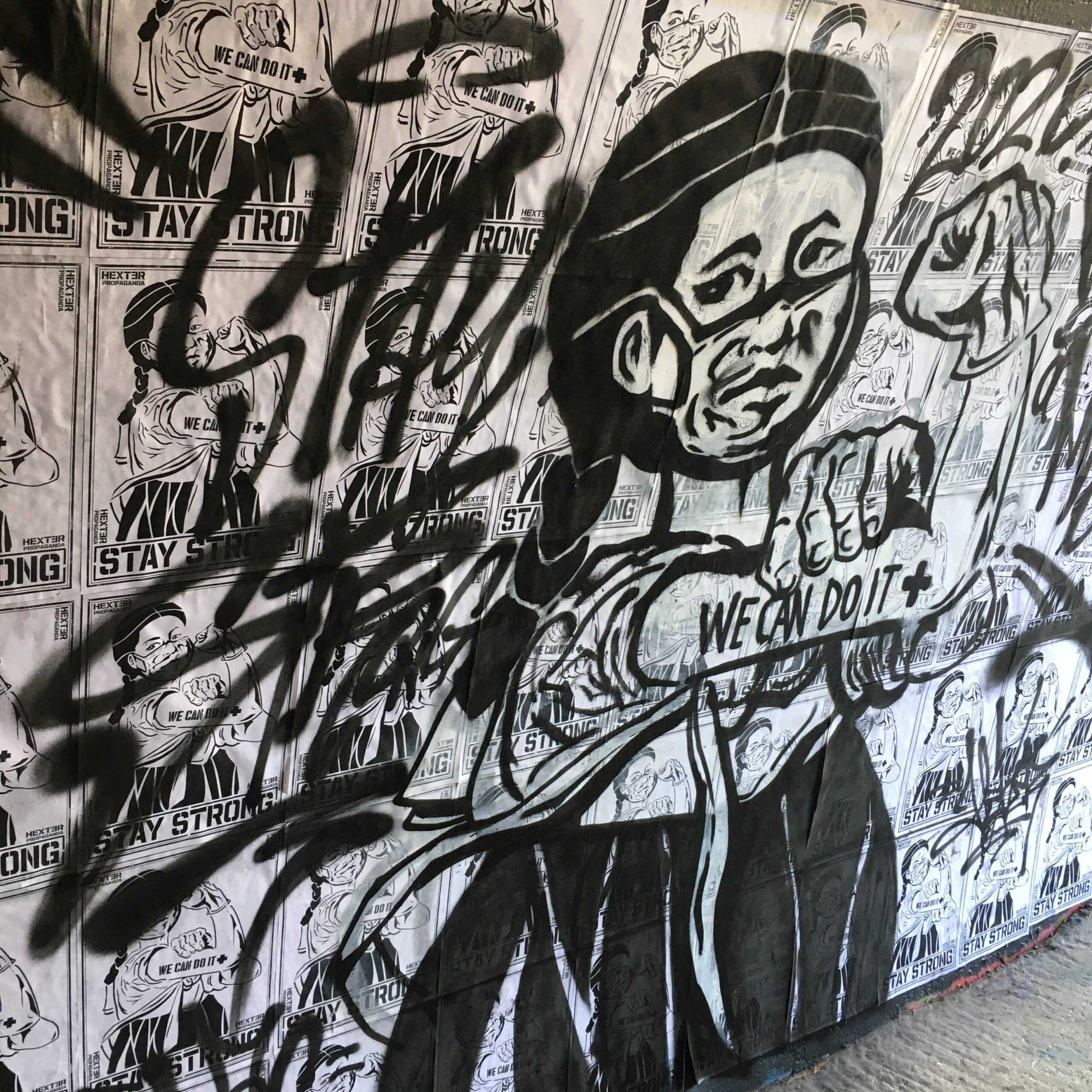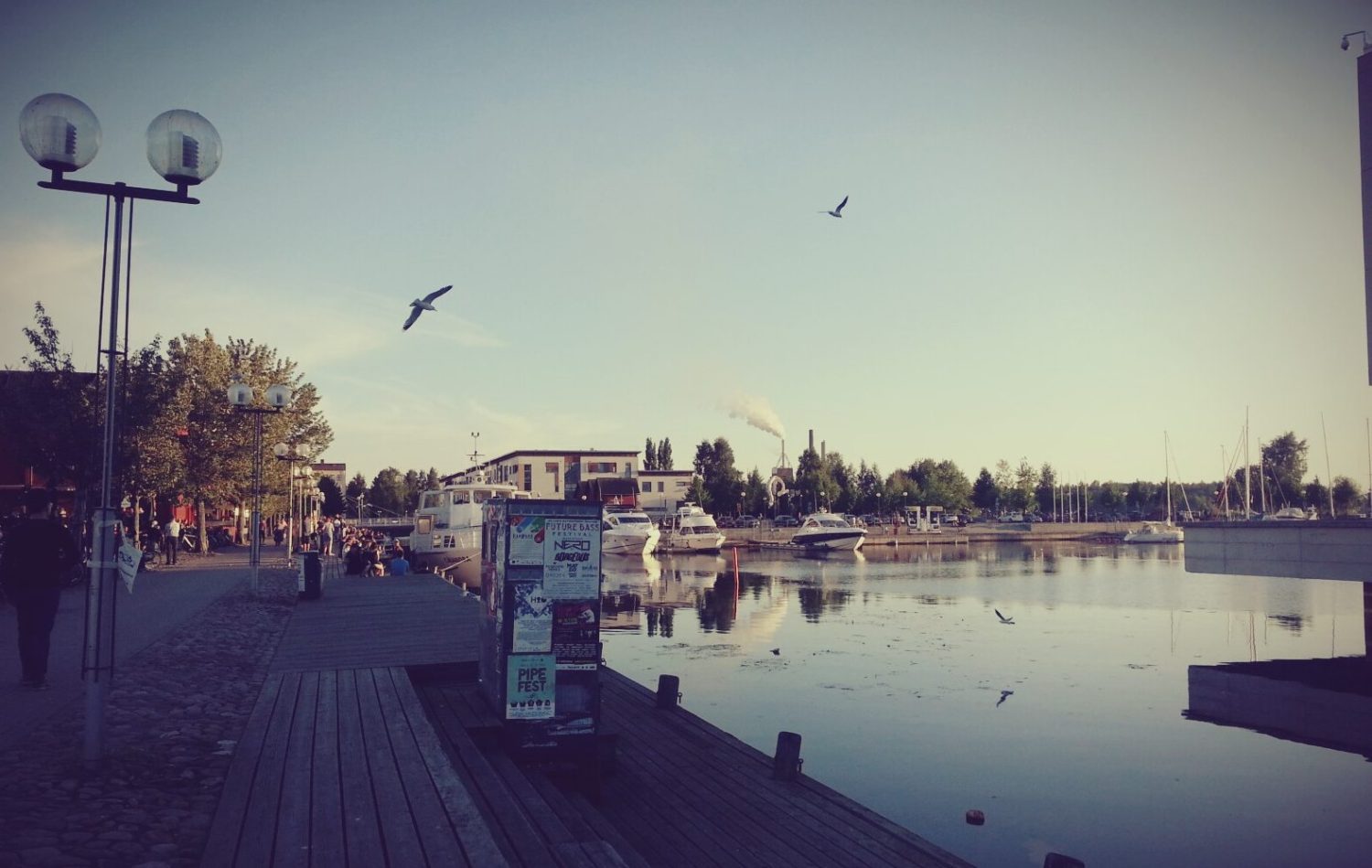Perfect weather, people dancing, and beautiful flowers everywhere – this is the scene of the city during its annual “Flower Festival” held between the last week of July and first week of August. Countryside people spend two to three months constructing their silletas (figures made entirely from flowers) and come to Medellin to exhibit their creations. Women, men and children of all ages march between 8 to 10 kilometers proudly carrying these silletas, which can weight up to 120 kilos. This is Medellin today.
Medellin, affectionately called the “City of Flowers” by Colombians, was once the most dangerous city on the planet. Despite this, its people never forgot how to smile, dance and graciously welcome its visitors.
I prefer, however, to call Medellin by another popular name, the ‘City of Eternal Spring’. It is the city where I come from. Enclosed by the Andes mountain range, reaching 1,495 meters above sea level, the city enjoys a pleasant annual average temperature of 22 degrees Celsius. It is home to some 3.7 million Colombians, making it the second largest city in the country after the capital city of Bogota.
Medellin was founded in 1675 when Colombia was officially a Spanish colony. Since the country’s independence in 1810, the city has been recognized for having one of the most dynamic economies in the country. It had a large textile industry, an even larger coffee production and plenty of gold exports. The city, however, has produced more than just material goods. During the first half of the twentieth century, the city was home to some of the most renowned Colombian writers, philosophers and was a hub for tango. The most famous Argentinean tango singer of all times, Carlos Gardel, died in a plane accident after one of his performances in the city.
The second half of the century, however, is perhaps the most well-known era of Medellin today. During the 1980s and 1990s, the Medellin Cartel transformed the city into one of the most dangerous in the world. What is popularly displayed today in the series Narcos is a reality of the past that we, the citizens of Medellin, wish to forget. During the extremely violent final few decades of the century, it took its toll on the populace to see the stark contrast between the hundreds of thousands of people struggling to make a living, and the drug lords who were – quite literally – swimming in money, owning enormous fincas (country houses), and even imported exotic animals like zebras and hippos from Africa.

Traditional Country Houses
Photo Credit: Elisa Chavez
Today, the citizens of Medellin wish to show the world how different the city is. Medellin has come to terms with its violent past and transformed into a more peaceful, prosperous and passionate city.
Medellin is now often placed at the top of various city rankings, such as level of quality of living on the South American continent. It has been transformed into a dynamic center, now a hub for innovation. It is one of the most preferred corporate business destinations in South America, and plays host to several important regional sports competitions.
In 2013, it was awarded the most innovative city in the world by the Urban Land Institute, surpassing cities such as New York and Tel Aviv. Its advances in social, political and educational initiatives earned it the number one spot. Last on the long list of recent awards for Medellin was the Lee Kuan Yew World City Prize, which recognized its rapid transformation into a more inclusive society. One of the main reasons for the prize was the city’s sustainable transportation system. While it is true that Medellin still has a large gap between rich and poor, the local government has made efforts to integrate and give opportunities to its most marginalized citizens. Currently, the city has four cable cars that connect some of the hardest to reach neighborhoods on steep mountainsides, to the center of the city, which sits down in the cradle of the valley.
In addition to the city’s positive and rapid development, Medellin is also a well-known hub for art and music. Fernando Botero, the world class sculptor famous for his chubby human sculptures, comes from Medellin. His art can be found in the city’s largest art museum, as well as in a public plaza dedicated to Botero himself. Medellin has also become an important nucleus of reggaeton, a Latino music genre very popular amongst younger generations. While the genre started in Puerto Rico, it has since moved to other cities, especially Medellin. Today the city is home to some of the most successful reggaeton singers (Maluma and J. Balvin), and also attracts foreign artists who move to the city for its raggaeton scene.
Surrounded by the Andes mountains, it is impossible to forget that Medellin’s most accredited aspect is the inescapable abundance of natural beauty. The sunset daily paints the clouds in a soft orange tone that nicely contrasts the lush green of the surrounding mountains. When the sun goes down and the night comes around, paisas (Medellin natives) take their sips of aguardiente (Colombian national alcohol) as they get ready to go out and meet friends to chat, laugh and last but not least, to dance -switching it up from merengue, vallenato, reggaeton to salsa.
By Mateo Corrales
Photos by Elisa Chavez
- NOVAsia Is Hiring: Call For Applications and Contributors for Spring 2025! - February 26, 2025
- NOVAsia Is Hiring: Call For Applications and Contributors for Fall 2024! - August 20, 2024
- NOVAsia Is Hiring: Call For Applications and Contributors! - February 19, 2024






